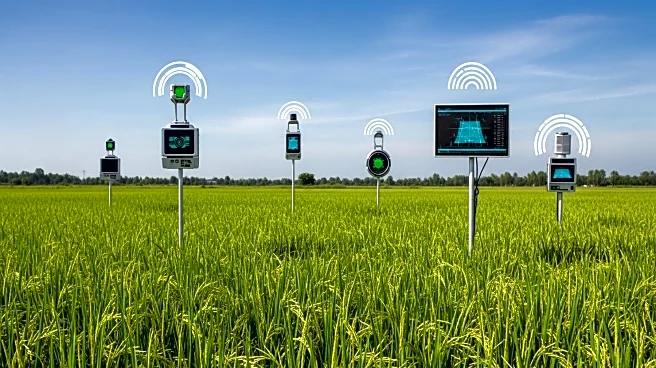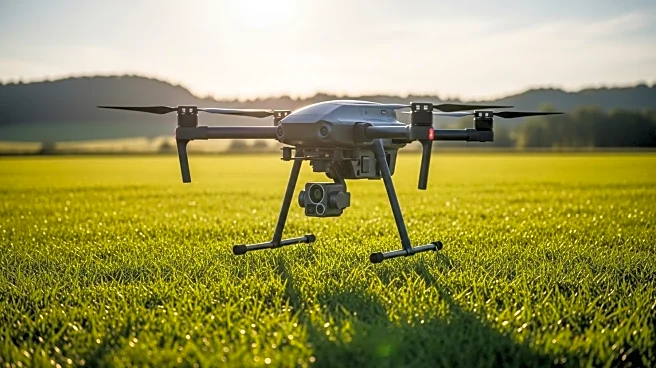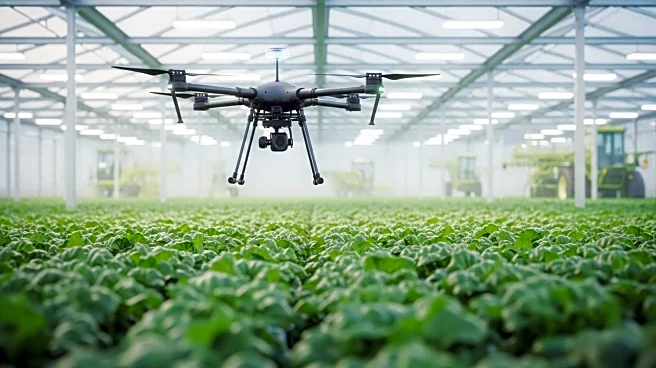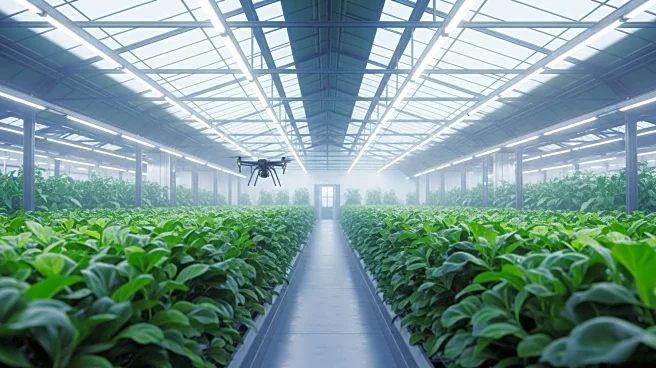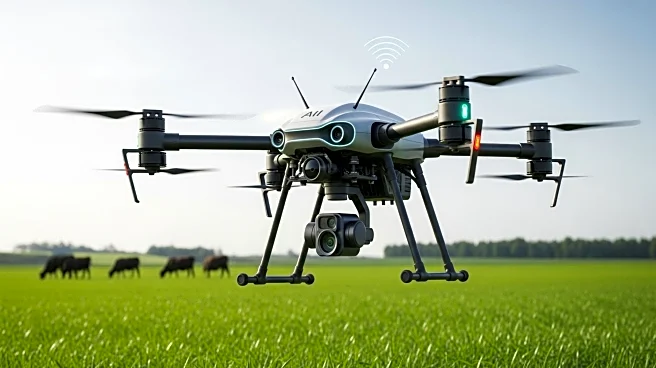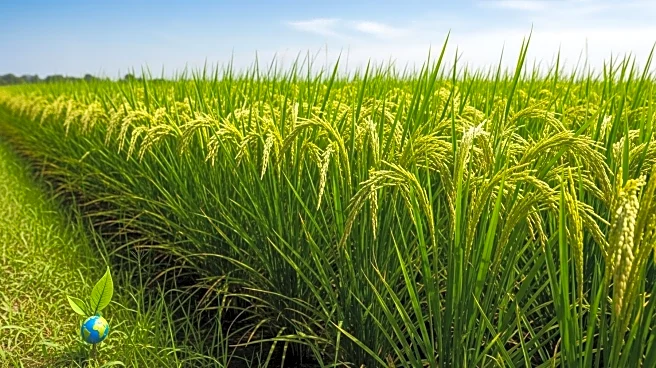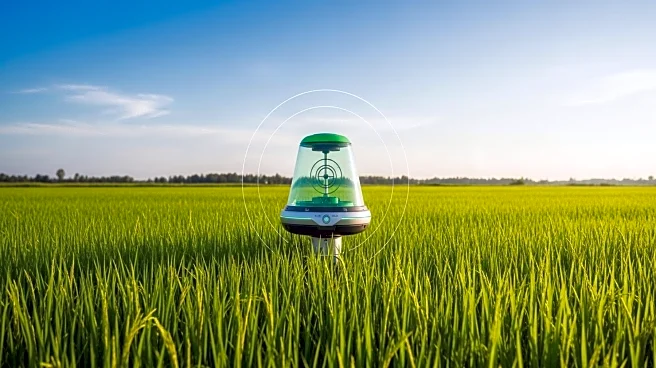What is the story about?
What's Happening?
Scientists at the University of Massachusetts Amherst and Jiangnan University have discovered that nanoscale applications of selenium can significantly improve rice cultivation. This method reduces the need for fertilizers while maintaining yields, enhancing nutrition, and cutting greenhouse gas emissions. The research, published in the Proceedings of the National Academy of Sciences, demonstrates the effectiveness of selenium in real-world conditions, offering a potential solution to the environmental and economic challenges associated with rice farming.
Why It's Important?
Rice is a staple food for over 3.5 billion people, but its cultivation is resource-intensive and environmentally damaging. The use of nanoscale selenium offers a way to reduce fertilizer use, lower greenhouse gas emissions, and improve the nutritional quality of rice. This innovation could lead to more sustainable agricultural practices, helping to address global food security and environmental concerns. By improving nitrogen use efficiency, the method also reduces the economic burden on farmers, making rice cultivation more viable and sustainable.
What's Next?
The research team plans to continue refining the application of nanoscale selenium and explore its potential in other crops. They aim to collaborate with international partners to implement this technique on a larger scale, potentially transforming agricultural practices worldwide. As the method gains acceptance, it could play a crucial role in meeting the challenges of feeding a growing population while minimizing environmental impact.
Beyond the Headlines
The application of nanoscale selenium not only benefits rice cultivation but also highlights the potential of nanotechnology in agriculture. This approach could lead to broader innovations in crop management, offering new ways to enhance food production and sustainability. The research underscores the importance of interdisciplinary collaboration in addressing complex global challenges, paving the way for future advancements in agricultural science.
AI Generated Content
Do you find this article useful?



